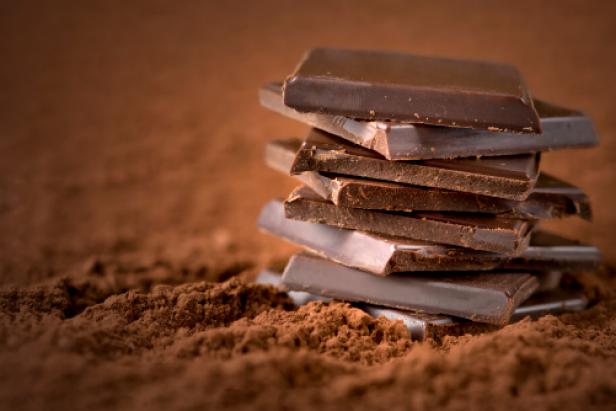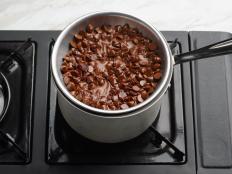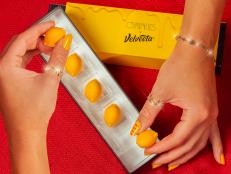This Week's Nutrition News Feed

In this week's nutrition news: another reason to eat chocolate; acid reflux doctor cautions against late-night eating; and nutrition labels are poised for a major makeover.
A recent study – small-scale and partly funded by chocolate maker Mars, Inc., but led by respected researchers – suggests antioxidants in chocolate called cocoa flavanols may boost the memory skills of healthy people that sometimes deteriorate with age. Study participants, ages 50 to 69, who drank a high-flavanol mixture for three months performed about 25 percent better on memory tests than those given a mixture low in flavanols. The high-flavanol group performed like people 20 to 30 years younger. Unfortunately, this doesn’t mean your doctor is likely to prescribe a daily candy bar. Most flavanols are removed in milk chocolate processing. (Sorry, Halloween candy lovers.) Still, a neurobiologist not involved in the study has called the results are “exciting.”
We know whopping midnight snacks can wreak havoc on our waistlines, but a New York physician who specializes in acid reflux warns in the New York Times, late-night eating can have other consequences as well. By letting busy schedules push back our dinner hours and nibbling (especially high-fat foods) right up until bedtime, we are risking acid reflux, an affliction that is now epidemic, “affecting as many as 40 percent of Americans,” and can contribute to esophageal cancer. "To stop the remarkable increase in reflux disease, we have to stop eating by 8 p.m., or whatever time falls at least three hours before bed,” Jamie A. Koufman writes. "For many people, eating dinner early represents a significant lifestyle shift. It will require eating well-planned breakfasts, lunches and snacks, with healthy food and beverage choices."
































